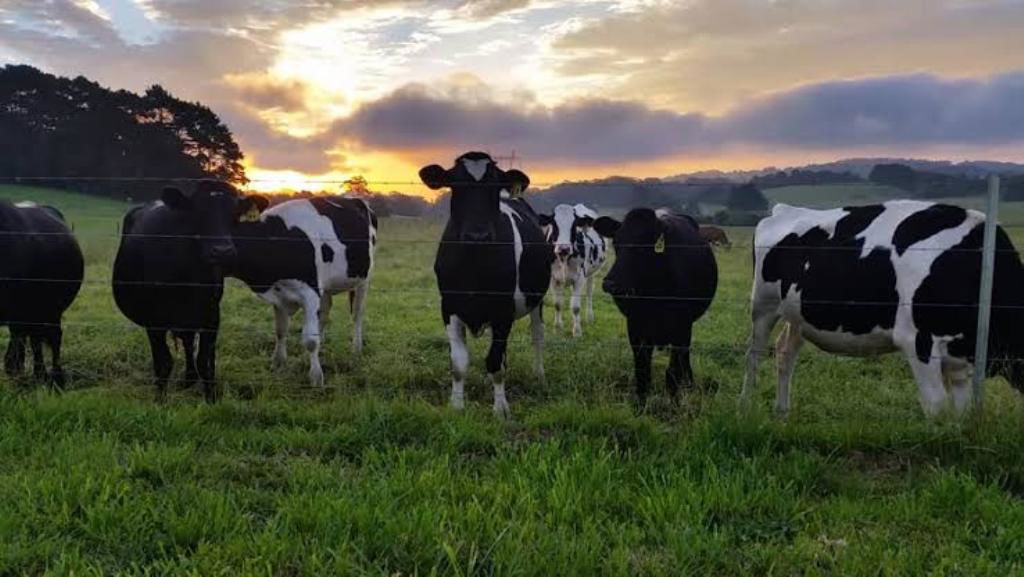
Excessive Pesticides usage in Agriculture is not only harmful to nature but is also a threat to the health of livestock, humans, soil and the whole environment. Moreover, the Food Safety and Standards Authority of India (FSSAI) has done a detailed survey of milk across India which found that a large amount of milk had aflatoxins, dangerous carcinogens, in it, far beyond the permissible limit. As per reports, the highest rates of aflatoxin contamination were found in Tamil Nadu, Delhi, and Kerala.

On the other hand, reports are coming from the Gaushala of Patiala, where at least 40 cows died after having chara (green fodder) which was contaminated by pesticides. This led to the major tragedy in the Gaushala and ultimately it has closed down. But unfortunately, the issue still remained unaddressed and the main cause not able to generate many highlights.
In addition, a study, conducted in Nairobi, Kenya in August 2018, stated that aflatoxin contamination had severe health impacts on milk drinkers, causing stunting in children under the age of five years. “The exposure to AFM1 from milk is 46 nanograms per kilogram (ng/day) on average, but children bear higher exposure of 3.5 ng/kg body weight per day (BW/day) compared to adults, at 0.8 ng/kg BW/day. This causes stunting among children,” the study said.

What is Aflatoxins?
As per reports, Aflatoxins are 20 toxins produced by mold (fungi) of the genus Aspergillus, namely, A. flavus, A. parasiticus and A. nomius. Aflatoxin B1 is the most predominant form in aflatoxin-contaminated crops. When cows, buffaloes, sheep, goats eat feed contaminated with aflatoxins B1 and B2, aflatoxins M1 and M2 will be formed in their livers and excreted in milk which ultimately drunk by you.
Reports say that ‘Aflatoxins’ cause both acute and chronic toxicity. Aflatoxins B1 and M1 are the most potent and can cause acute liver damage, cirrhosis, and cancer. They have been classified as carcinogens by the International Agency for Research on Cancer (IARC).















